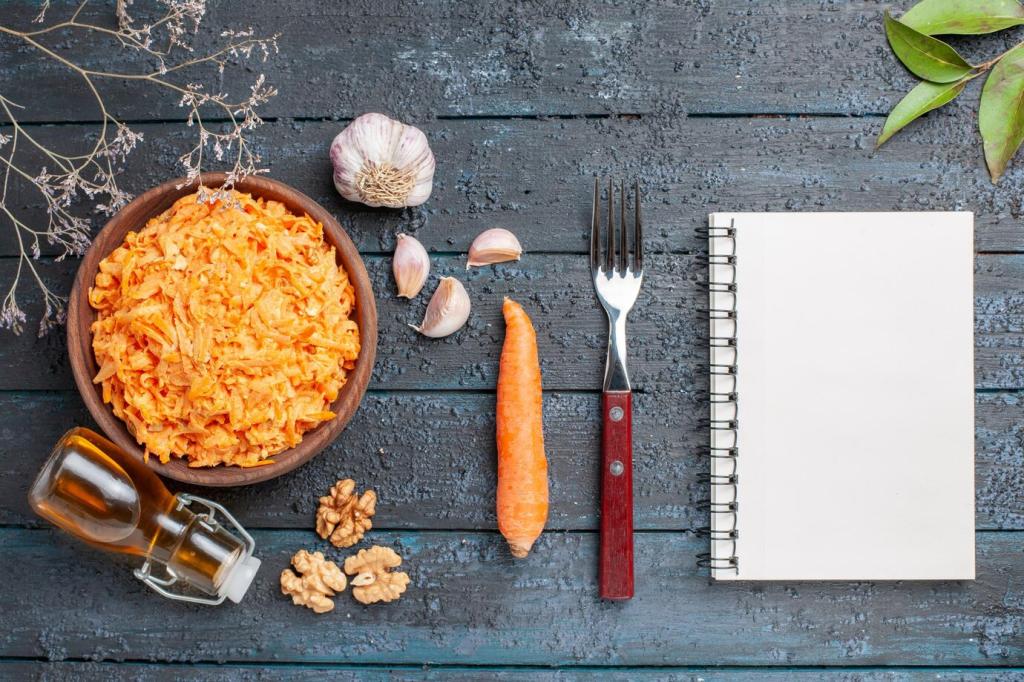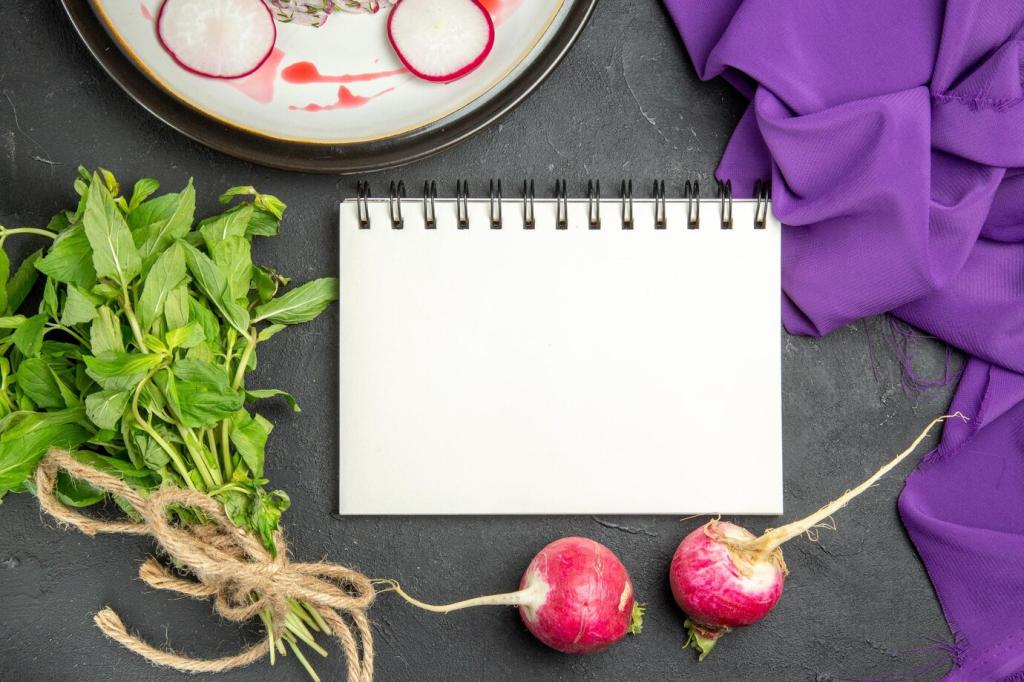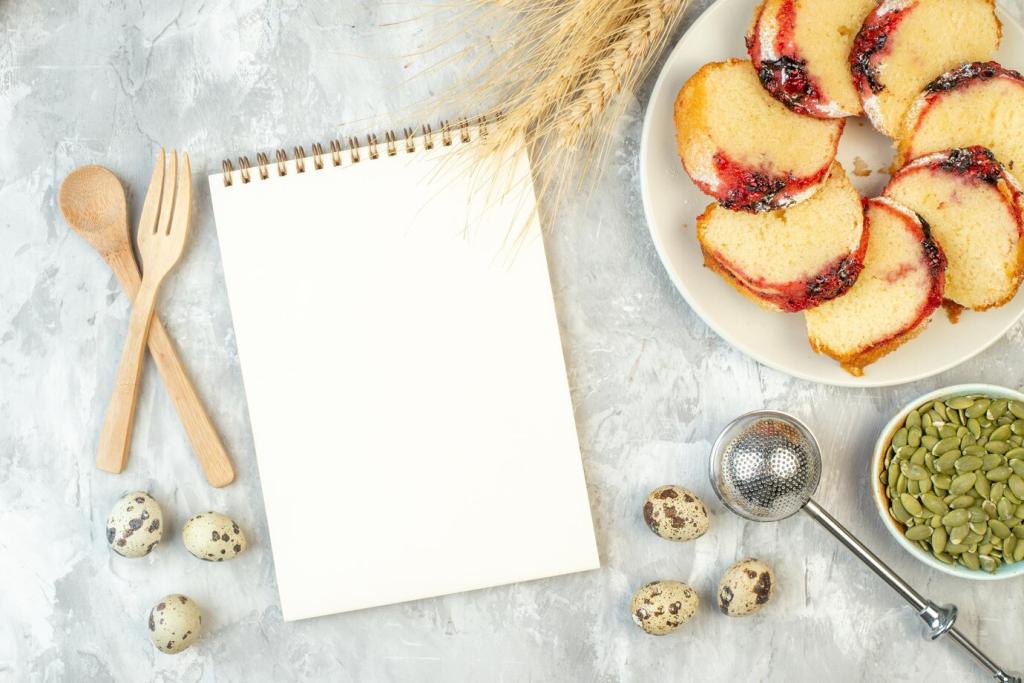Seasonal Menus and Shared Inspiration
Think pea shoots, radishes, and soft herbs with light blanching and quick sautés. Keep heat brief to protect sweetness. What’s your signature spring dish from the garden? Share the technique that keeps it vibrant.
Seasonal Menus and Shared Inspiration
Let tomatoes, zucchini, and basil lead with minimal cooking and bold seasoning. Show confidence by doing less. Tell us your one-pan summer wonder and the small secret that makes it sing.



